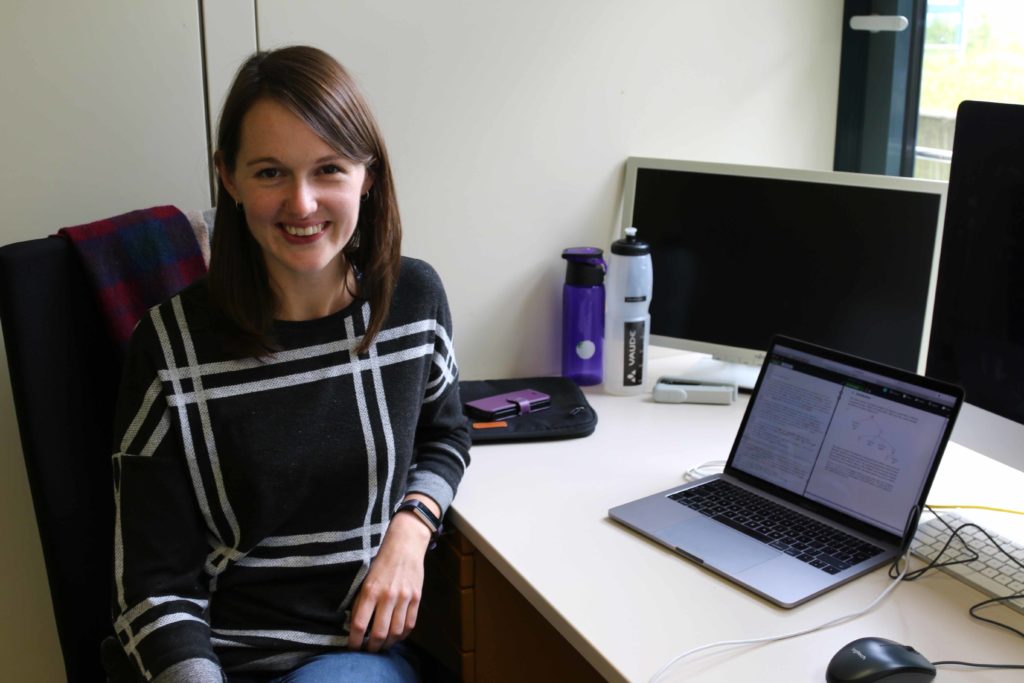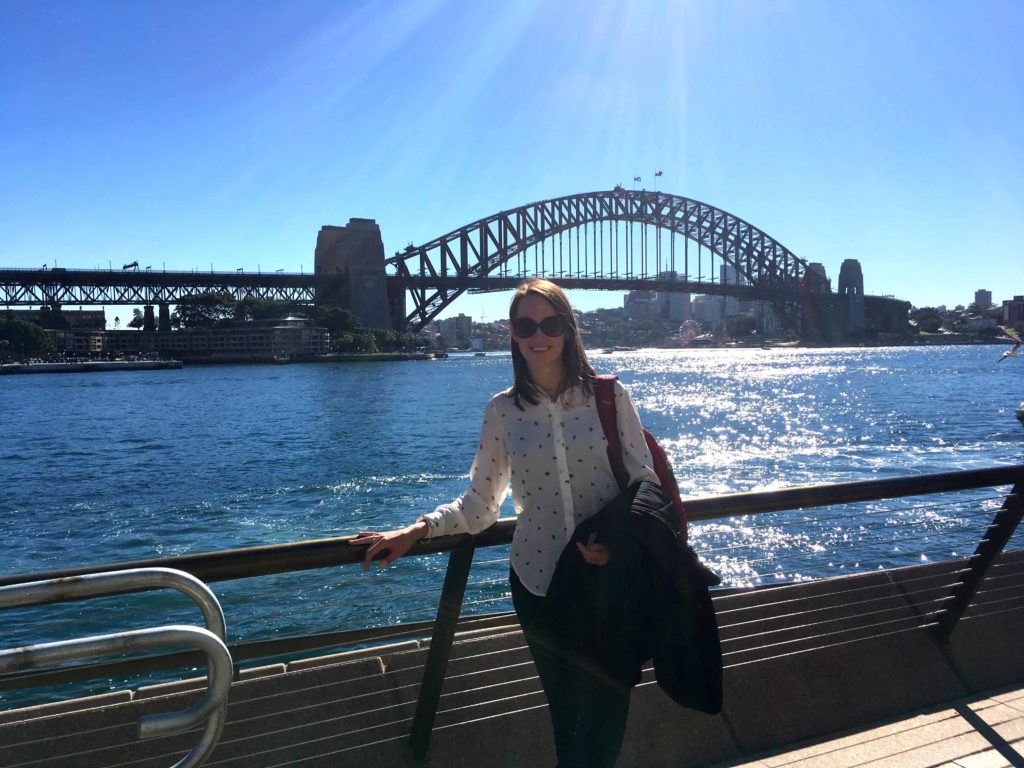With the current political climate as it is, it’s an interesting time to be a Brit living and working abroad in a fellow EU member state! Nonetheless, I’ve had a wonderful time at the University of Konstanz as a visiting researcher on the project Evaluation Metrics for Visual Analytics in Linguistics at SFB-TRR 161’s project D02 , with Prof. Miriam Butt and Dr. Christin Schätzle.

I’m a historical linguist by trade and during my PhD at the University of Manchester, I was fortunate to cross paths with Miriam and Christin via my supervisor Prof. Kersti Börjars. We struck up a fulfilling collaboration, joining forces on our work on syntactic change in Icelandic. My research stay has allowed us to develop our ideas further, and also to pursue some new avenues.
In particular, we have been exploring how techniques from visual analytics can be used in corpus-based investigations of language change to make the workflow of the historical linguist more efficient and to yield deeper insights of the data. My research stay has been combined with a post-doc position at Ghent University on a project to develop a historical treebank of Middle Low German (CHLG ). Together with members of Prof. Daniel Keim’s Data Analysis and Visualization group (University of Konstanz), we have begun exploring how visual analytics can be useful in the annotation of uncertainty in linguistic data, which is a key issue for an under-researched language stage like Middle Low German. We look forward to developing these ideas in future.
Further developments of the theoretical side of my collaboration with Christin took us to Australia in July, to present our work on syntax and information structure in the history Icelandic at the LFG Conference at Australian National University (ANU). Canberra was a cold place to be in their winter but luckily we caught some sun in Northern Queensland too. Since March, we have also developed a novel, data-driven methodology for the periodization of diachronic corpus data which is based on hierarchical clustering (DiaHClust). Christin presented this at the ACL conference in Florence in August and it is now published in the proceedings. The methodology is intended for a broad application, and has already led us to new insights on our own research on syntactic change in Icelandic.

The Bodensee is a beautiful place to spend the spring and summer months and I thank the SFB-TRR 161 for the funding which made this stay possible, as well as many colleagues for the fruitful conversations on linguistics, visualization and beyond.

